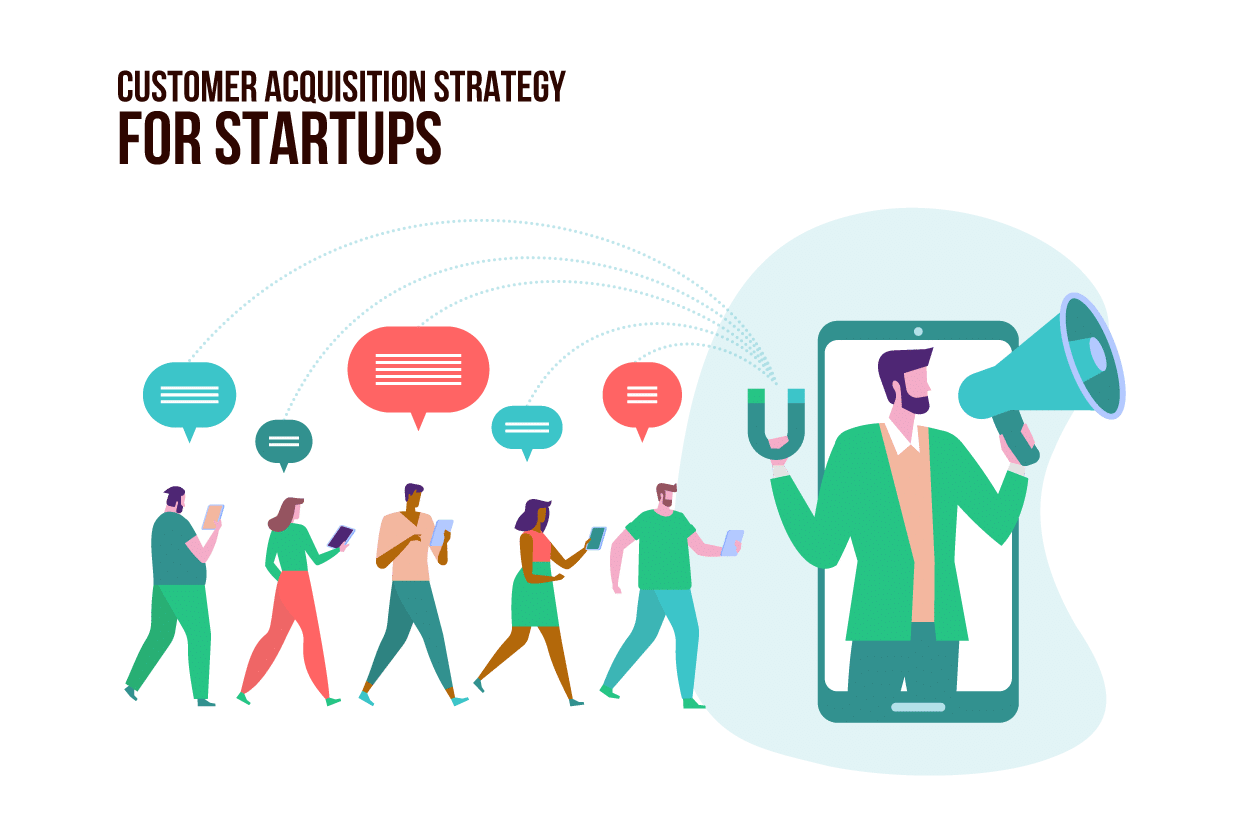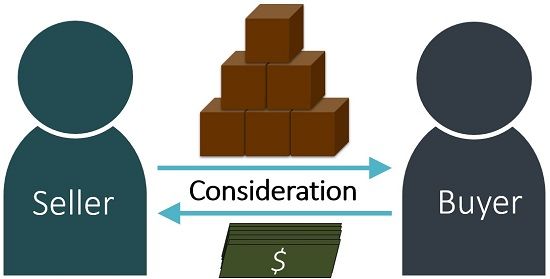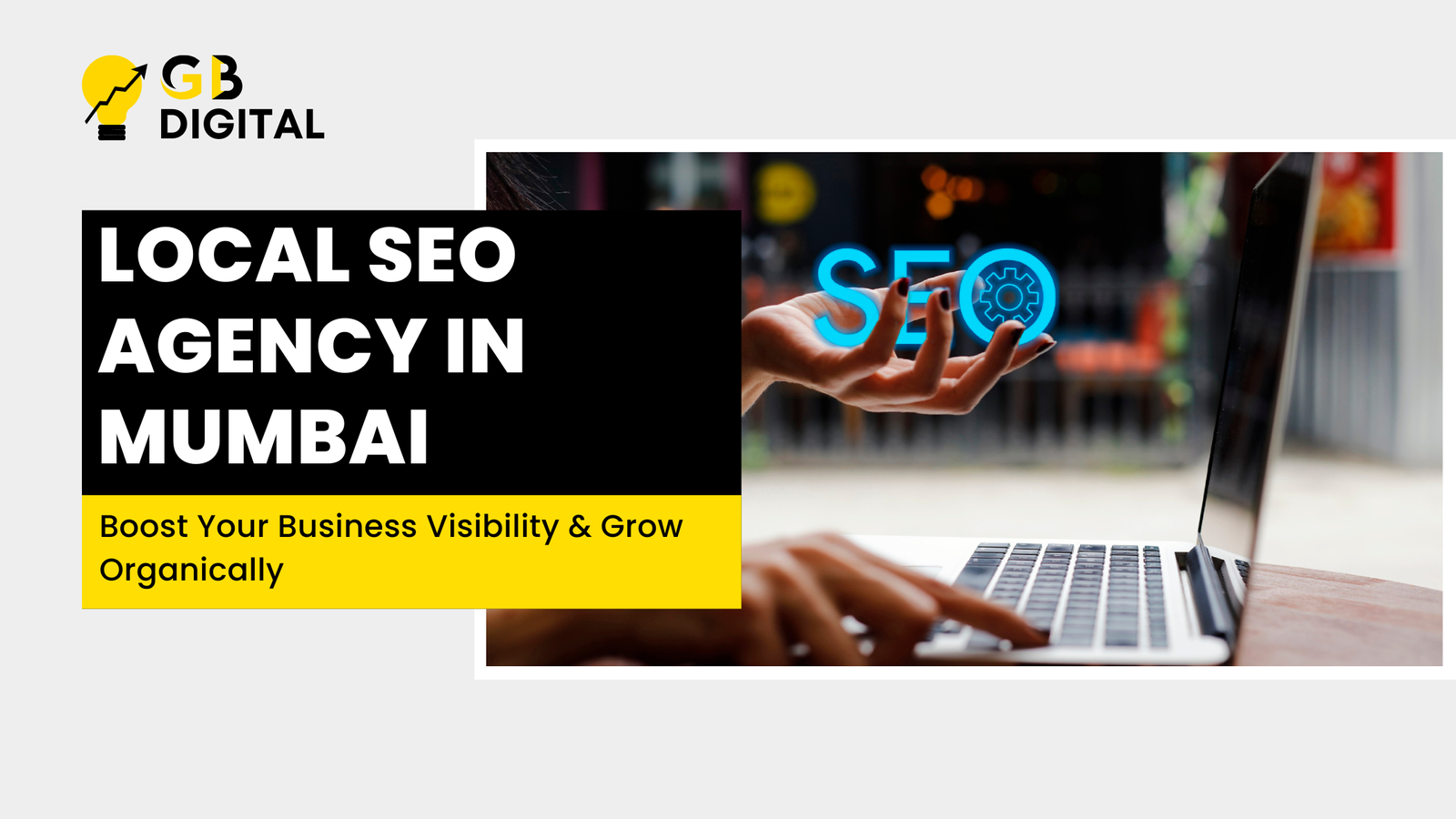In today’s competitive landscape, every startup must master the customer acquisition strategy to secure sustainable growth. Developing an effective plan to acquire customers is not just about getting attention; it’s about capturing leads and converting them into loyal customers. Startups often face the challenge of limited resources, which means their acquisition efforts must be both strategic and cost-effective. In this guide, we’ll explore powerful and actionable techniques for crafting a customer acquisition strategy for startups that can foster rapid growth and strong market presence.
What is Customer Acquisition Strategy for Startups?
At its core, a customer acquisition strategy encompasses all the efforts a startup undertakes to attract, nurture, and convert leads into paying customers. Unlike established businesses, startups must build brand awareness from the ground up, meaning they often need to adopt creative and multi-channel approaches to compete. The ultimate goal of these strategies is to not only grow the customer base but to do so in a scalable and profitable manner.

Why Startups Need a Solid Customer Acquisition Strategy
Startups are particularly vulnerable in their early stages, and without a clear, actionable customer acquisition strategy, they risk stalling before they can scale. A startup’s survival hinges on its ability to bring in new customers consistently and at a manageable cost. By investing in a well-structured customer acquisition strategy for startups, founders can ensure they’re not just driving traffic but building lasting relationships with customers who provide long-term value.
Key Benefits of a Well-Executed Customer Acquisition Strategy:
- Sustained Growth: Consistent acquisition keeps revenue flowing, allowing startups to scale quickly.
- Improved Brand Visibility: A customer-centric approach increases the brand’s presence and recognition.
- Data-Driven Decisions: Acquisition strategies provide key insights into customer behavior and preferences.
- Higher ROI: Focusing on high-value acquisition tactics ensures a return on investment by reducing churn and increasing lifetime value.
Building a Customer Acquisition Funnel for Startups
A customer acquisition funnel is the pathway through which a prospect becomes a customer. The three main stages include:
- Awareness: The customer first learns about your brand.
- Consideration: The prospect weighs their options and engages with your brand.
- Conversion: The prospect makes the final decision to purchase.
Each of these stages requires specific strategies to ensure the journey is smooth and conversion rates are high.
Stage 1: Awareness
Creating brand awareness is the first and most critical step in a customer acquisition strategy for startups. The goal is to make sure your target audience knows who you are and what your value proposition is. Without awareness, potential customers won’t engage with your brand. There are multiple ways startups can build awareness:

- Content Marketing: Blogging, videos, podcasts, and social media content are excellent ways to engage with an audience and provide value upfront. High-quality content establishes your brand as a thought leader and builds trust.
- SEO and Organic Traffic: One of the most effective long-term customer acquisition strategies for startups is search engine optimization (SEO). By optimizing your website and content for relevant keywords, your startup can capture organic traffic from Google, reducing dependency on paid ads.
- Social Media Marketing: Platforms like Instagram, LinkedIn, and Twitter provide ample opportunities to create a direct connection with potential customers. The ability to target specific demographics ensures you can maximize your reach while minimizing spend.
- Paid Advertising: Google Ads, Facebook Ads, and display advertising can drive immediate traffic to your site. Though often expensive, a well-executed ad strategy can accelerate the awareness phase.
Stage 2: Consideration
Once you’ve captured a potential customer’s attention, it’s critical to move them down the funnel into the consideration stage. Here, they’re evaluating whether your product or service solves their problem better than competitors. Here’s how to increase your chances of conversion:

- Email Marketing: Use targeted email campaigns to nurture leads with valuable insights, case studies, or testimonials. Segment your audience based on their behavior or interaction with your brand for maximum impact.
- Retargeting Ads: Retargeting ads allow you to stay on the radar of users who have previously visited your website. This increases the likelihood they’ll return and complete a purchase.
- Lead Magnets: Offer free resources such as e-books, whitepapers, or webinars in exchange for their email address. This not only builds your email list but also positions you as a credible resource in your industry.
- Customer Reviews and Testimonials: Trust signals, such as customer reviews and user-generated content, can significantly impact the consideration phase. New customers often rely on the experiences of others to make their decisions.
Stage 3: Conversion
The final step in your customer acquisition strategy is to convert prospects into paying customers. At this point, they’ve moved through the funnel and are ready to make a purchasing decision. To maximize your conversion rates, focus on:

- Clear Call-to-Actions (CTAs): Your website should feature prominent CTAs that guide users to take the desired action. Whether it’s signing up for a free trial or scheduling a demo, make the next steps clear and frictionless.
- A/B Testing: A/B testing various elements of your website (like headlines, CTAs, and landing pages) can provide insights into what resonates most with your audience. Optimizing these elements increases the likelihood of conversion.
- Offer Free Trials or Discounts: Lower the barrier to entry by offering a limited-time discount or free trial. This gives potential customers the chance to experience your product risk-free, increasing the likelihood they’ll stick around.
- Simplify the Checkout Process: A streamlined checkout process is key to reducing cart abandonment rates. Ensure your payment options are diverse, the forms are easy to fill out, and there are no unexpected charges.
Scaling Your Customer Acquisition Strategy
Once you have a clear customer acquisition framework in place, scaling it effectively is crucial. Startups often rely on a mix of organic growth and paid strategies to scale their operations without inflating costs. Here’s how to build a scalable customer acquisition strategy for startups:
- Leverage Data Analytics: The more data you collect, the better you can optimize your campaigns. Tools like Google Analytics, Facebook Pixel, and heatmaps provide insights into user behavior, allowing you to tweak your strategy based on what’s working.
- Referral Programs: Turn your existing customers into brand ambassadors by creating referral programs. Offering incentives like discounts or freebies encourages happy customers to spread the word and brings in new customers without the need for heavy marketing spend.
- Partnerships and Collaborations: Collaborate with complementary brands to increase your reach. By leveraging each other’s customer base, you can gain exposure to new audiences at minimal cost.
- Affiliate Marketing: Implement an affiliate program to reward influencers, bloggers, and other third parties who help bring in customers. This performance-based model ensures you only pay for actual results.
Measuring the Success of Your Customer Acquisition Strategy
Once your customer acquisition strategy is in motion, it’s vital to measure its effectiveness. Understanding key performance indicators (KPIs) can help you determine whether your efforts are driving meaningful growth. Focus on metrics such as:

- Customer Acquisition Cost (CAC): The total cost of acquiring a customer, including marketing spend, should be calculated and optimized. Lowering this cost while increasing customer value is a sign of a healthy acquisition strategy.
- Customer Lifetime Value (CLTV): This metric helps determine how much a customer is worth over the long term. Balancing CAC and CLTV is essential for profitability.
- Conversion Rate: Track the percentage of visitors who become paying customers. High conversion rates are a strong indicator of an effective acquisition funnel.
- Churn Rate: Monitor how quickly customers leave your service. A low churn rate indicates that you’re not only acquiring customers but retaining them as well.
Conclusion
Building an effective customer acquisition strategy for startups is the backbone of growth and success. By focusing on awareness, consideration, and conversion stages, startups can ensure they’re consistently attracting new customers and turning them into loyal, paying users. Remember, the best acquisition strategies are those that are scalable, data-driven, and focused on long-term value. With the right approach, startups can outpace competitors and secure their place in the market.








